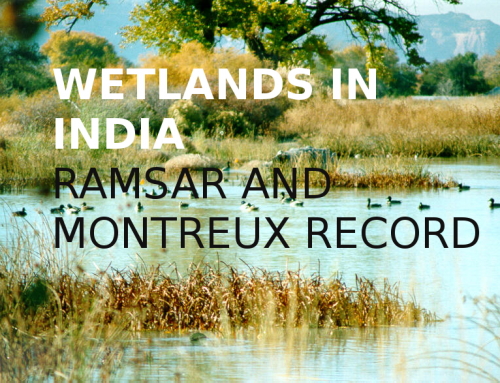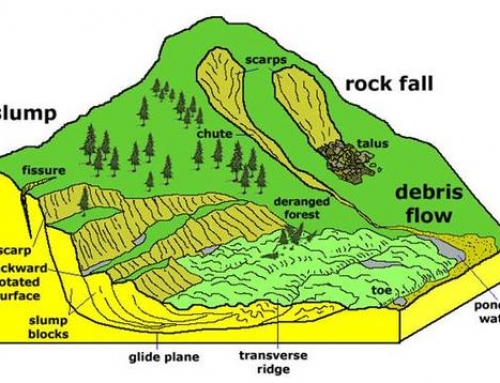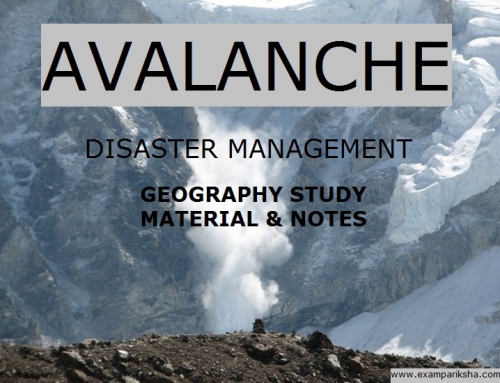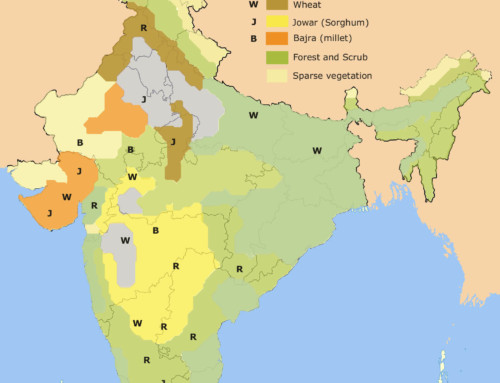The study of seismic activity gives valuable information about the interior structure of the Earth. Earthquake is a natural event and involves shaking of the ground. A thorough study and observations of this phenomenon has helped in understanding of innermost parts where this occurs . An Earthquake is the shaking or vibration/tremors in the Crust, caused as a result of internal forces and vulcanism in the Earth.
Measurement:
All earthquakes are different in their intensity and magnitude. The instrument for measurement of the vibrations is known as Seismograph.
- Magnitude scale: Richter scale. Energy released during a quake is expressed in absolute numbers of 0-10.
- Intensity scale: Mercalli scale. It measures the visible damage caused due o the quake. It is expressed in the range of 1-12.
Causes of earthquake: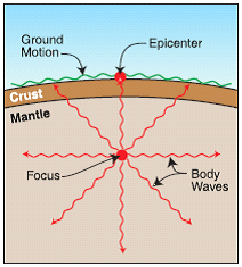
- It is caused due to release of energy from faults and fractures in the Earth’s crust.A fault in earth’s crust is basically a sharp break in crustal rocks.
- This energy release generates waves which travel in all directions.
- The point where energy is released is called the focus / hypocenter. It is generally located at the depth of 60 km.
- The point on surface where the energy waves reach the surface is called the epicenter. The earthquake waves travel in all directions, but they have highest intensity at the epicenter. Hence they cause maximum damage there. The intensity of Earthquake decreases as one moves away from the epicentre.
Earthquake or Seismic waves:
These waves occur in lithosphere, i.e. up to 200 km of depth from the surface of Earth.
These waves are recorded on a seismograph. It shows different types of waves.
There are two type of waves: A) Body waves; B) Surface waves.
- Body waves are generated by the energy released at the focus /hypocenter. They move in all directions through the body of Earth. They interact with the surface rocks and generate Surface waves, which move along the surface. Body waves are further divided in two types: P – waves and S – waves.
- Surface waves move along the surface.The velocity of these waves vary with the material through which they travel, the more denser the material, the higher the velocity of these waves. They change their direction as they reflect and refract after coming across materials of different densities.
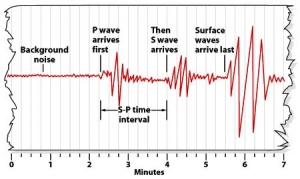
Let us look into the characteristics of each of these waves in brief. The following are points from standard textbook so they are reliable source for study and revision:
1. P- waves:
- These waves are known as Primary waves as they are first one to arrive at the surface.
- Their characteristics are similar to Sound waves, as they travel through all three mediums- solid, liquid and gases.
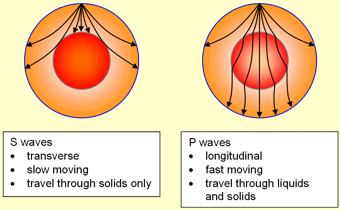
- P-waves have a tendency to vibrate parallel to the direction of wave propagation. this causes density differences in the material through which they travel.
- These waves are responsible for stretching and squeezing of material.
- Shadow zone: these are specific areas where waves are not reported on the seismograph. P-waves appears as around the Earth at 105-145 degrees away from the epicenter.
2. S- waves:
- These waves arrive after some time delay, hence they are called secondary waves.
- An important characteristic of these s-waves is that they travel only through solid medium. This is important because this information helped in understanding the structure of interior of Earth.
- The direction of vibration of these S – wave is perpendicular to the direction of wave propagation, thereby creating crests and troughs in material of their transmission.
- Shadow zone: Beyond 105 degrees from the epicenter no S-waves are reported.
Tsunami

How Tsunami works.
- It is a Japanese term which means” harbour waves”.
- These are waves generated by the tremors and vibration of earth. These are not earthquake themselves but an effect of earthquake.
- Occurrence: When the epicenter of an earthquake is below the oceanic waves and magnitude of the quake is above 5 on the Richter scale.


